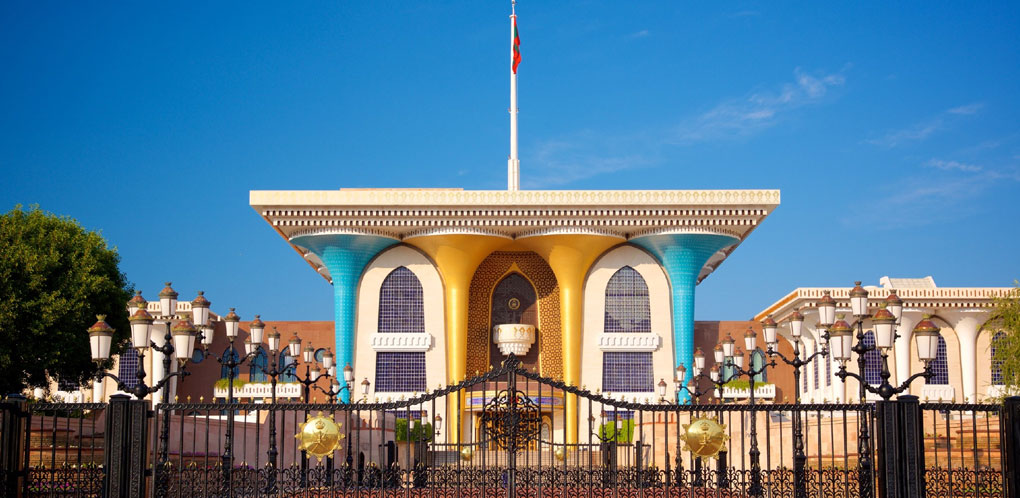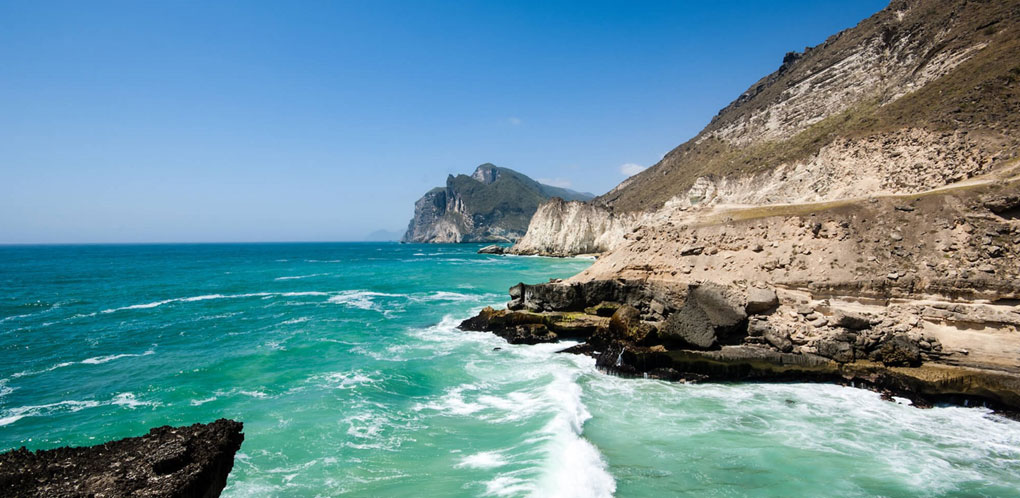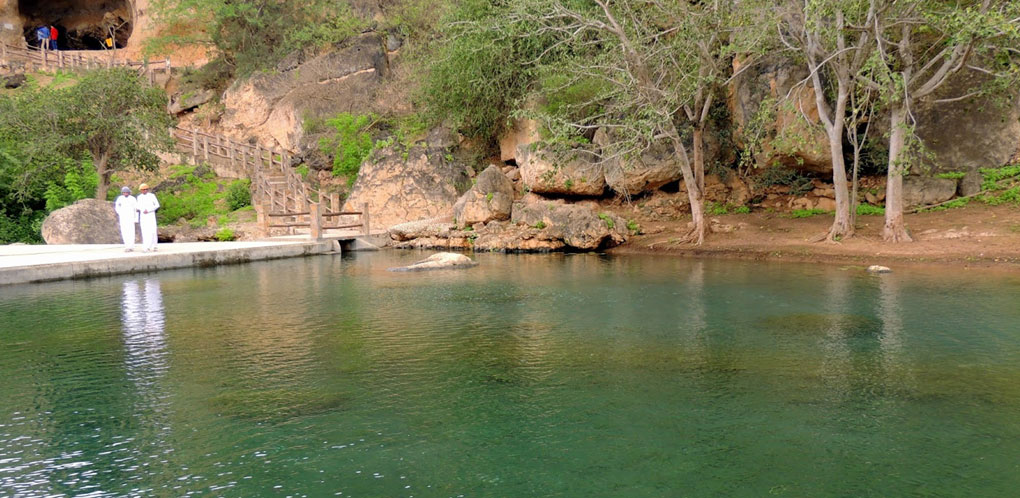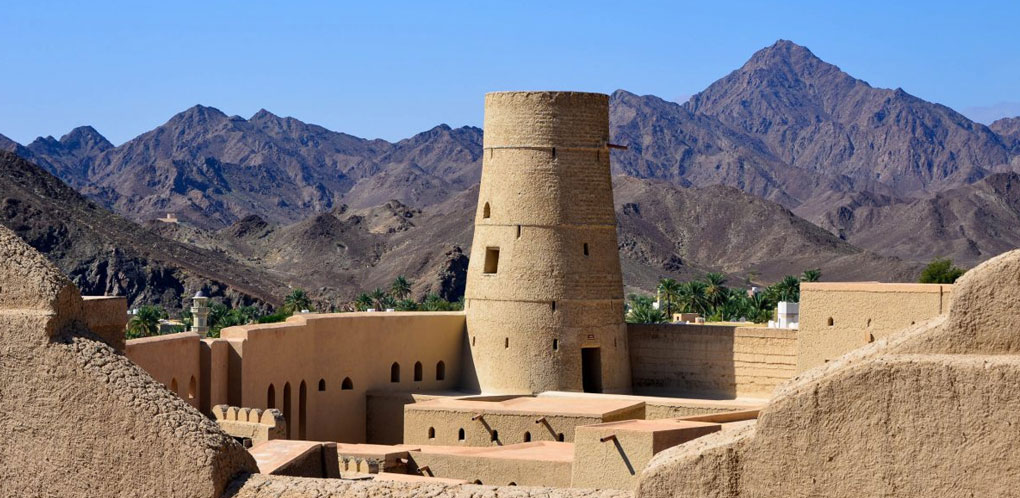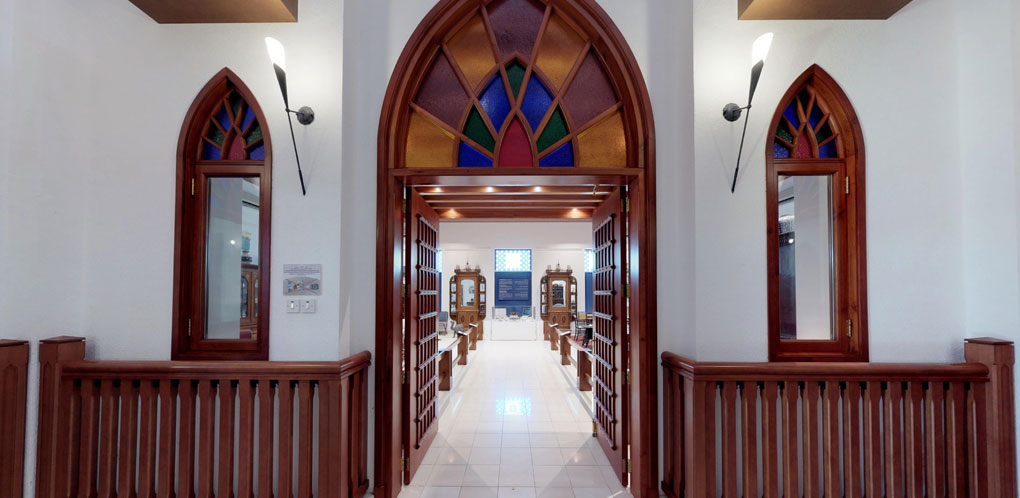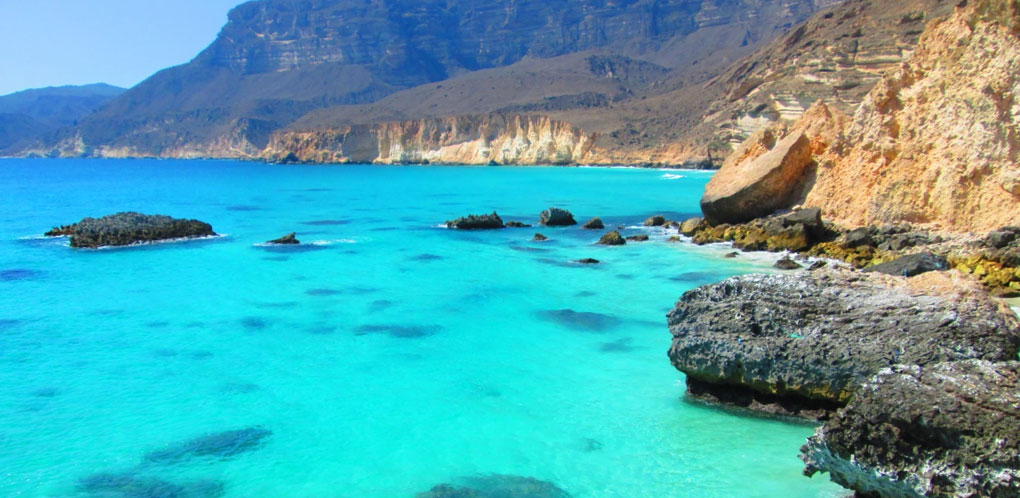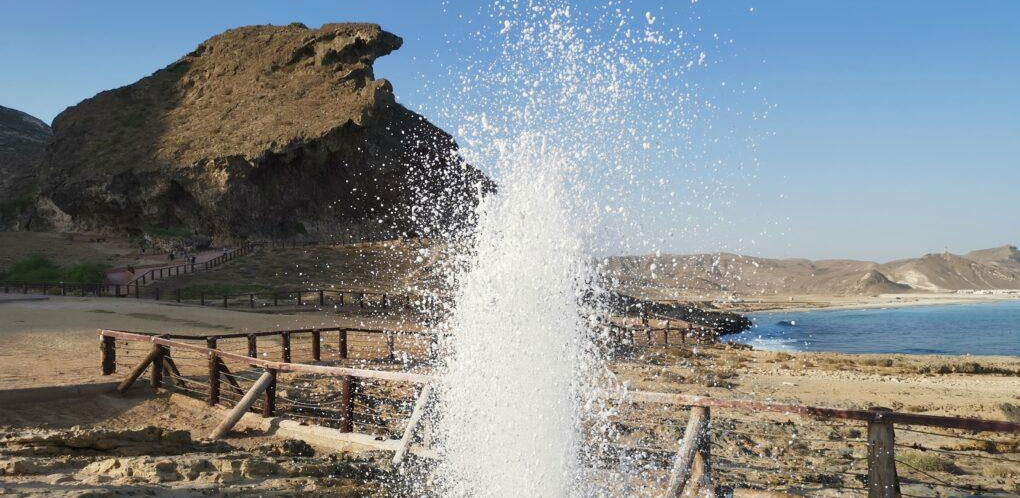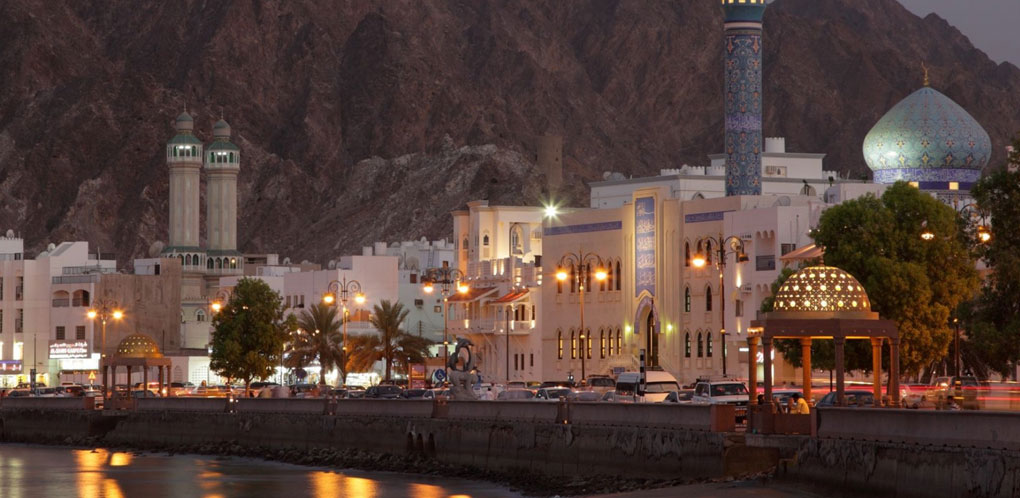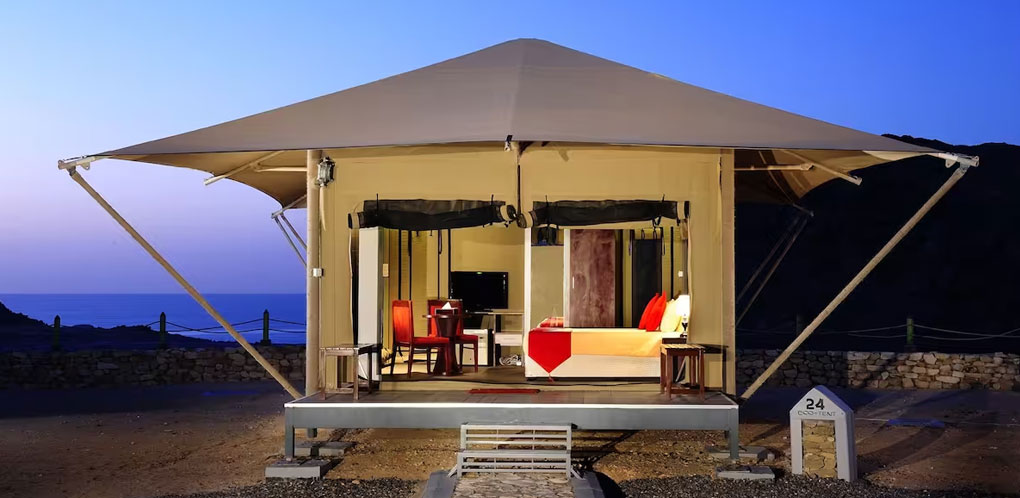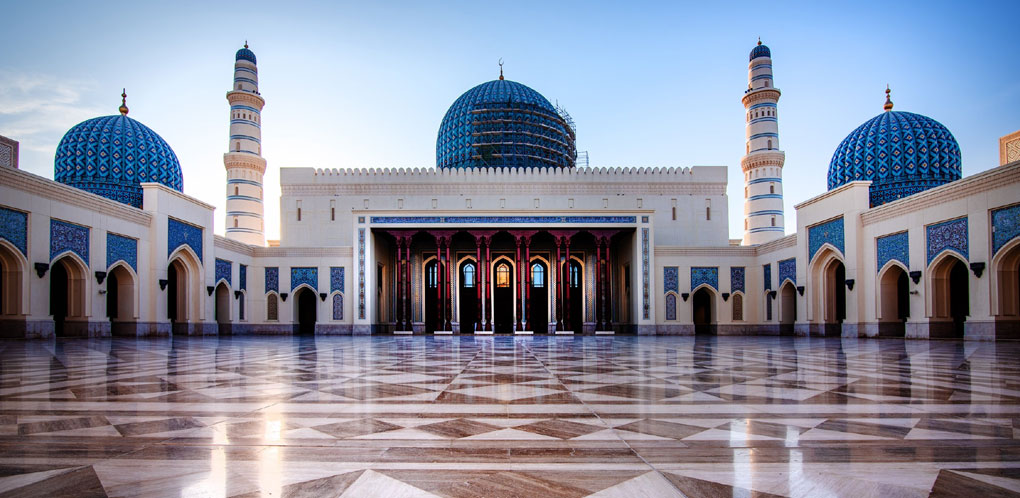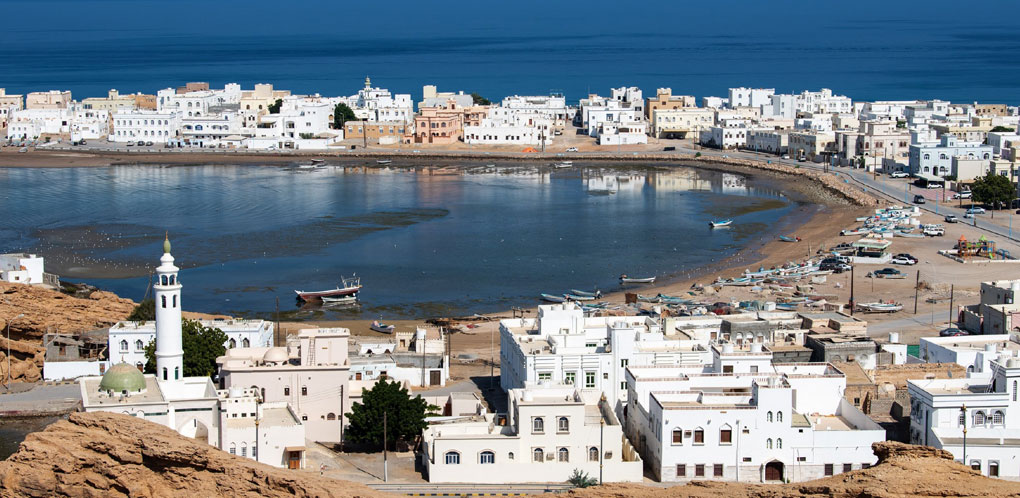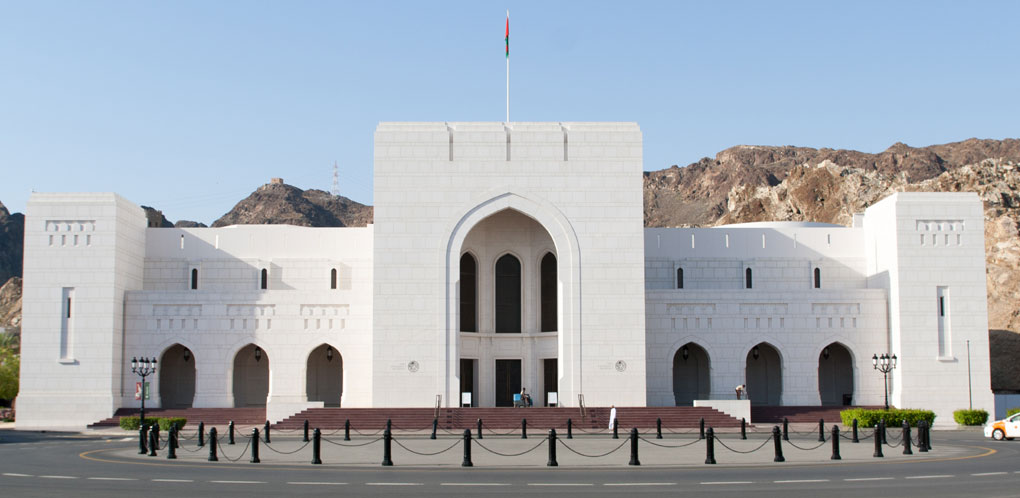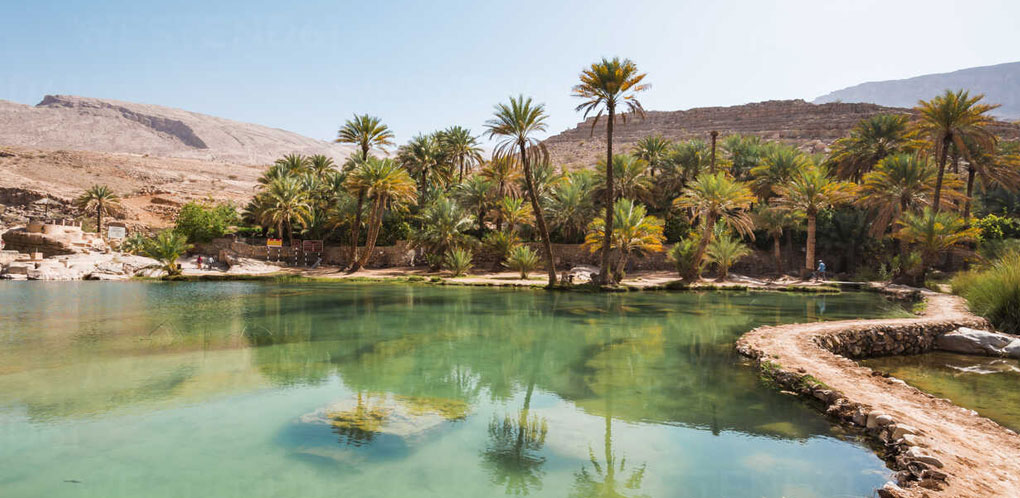
Nizwa Fort and Souq
The Nizwa Fort is a large castle in Nizwa, Oman built in the seventeenth century. It is a popular tourist destination.
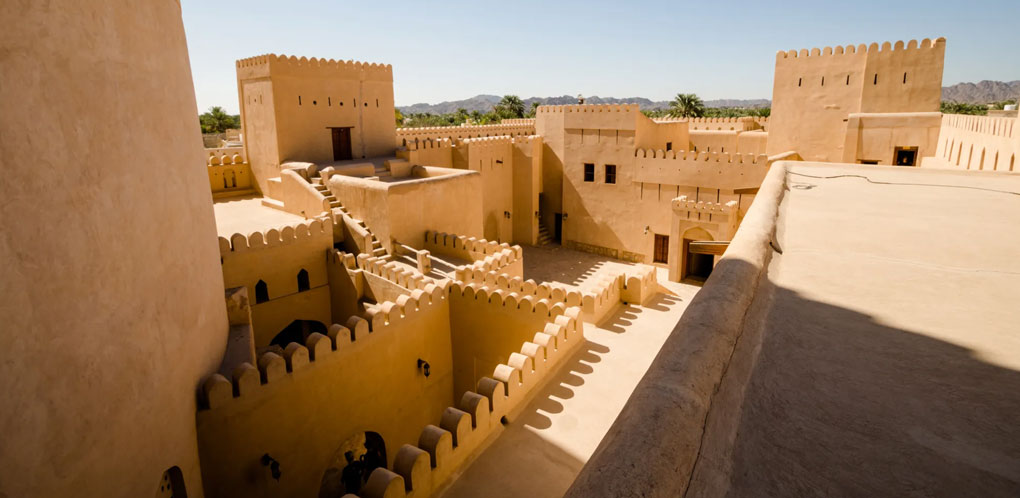
Nizwa Fort is one of the most popular tourist attractions in Oman due to the fact that it is an amazing example of old Omani architecture that provides an illustration of the way Omani people used to live in ancient times. The oldest part of Nizwa Fort was originally constructed by imam Al Sult bin Malik Al Kharusi in the ninth century and was later renovated by imam Sultan bin Saif Al Yarubi in the 17th century. Imam Sultan bin Saif Al Yarubi is known as the imam responsible for removing the Portuguese from Oman.
History of Nizwa Fort
Constructed in the 1650s under the patronage of the second Ya’rubi Imam Sultan Bin Saif Al Ya’rubi, Nizwa Fort stands as a testament to Oman’s rich history, with its roots tracing back to the 12th century. Serving as the administrative stronghold for the presiding Imams and Walis during times of both peace and conflict, the fort played a pivotal role in safeguarding Nizwa’s abundant natural resources and strategic location at the crossroads of vital routes.
Over the span of 12 years, the main bulk of the fort was meticulously constructed above an underground stream, solidifying its status as a formidable stronghold against raiding forces. Its cylindrical main tower, the largest of its kind in Oman, sets it apart from other forts in the region. Within its walls lie seven wells, numerous prisons, and a prosecution ground, offering a glimpse into Oman’s past defense strategies, including pitfalls, honey traps, and gun shooting windows.
Nizwa Fort stands as a beacon of Omani heritage, providing visitors with a window into the country’s storied past. For those seeking to immerse themselves in traditional Omani culture, a visit to Nizwa Fort is a must. Situated approximately an hour from Muscat, it makes for an ideal day trip, complemented by visits to Nizwa Souq, Misfat Al Abriyeen, and other nearby destinations in the interior of Oman.
History of Souq
Located at the site of one of the oldest souqs in the country, this expansive marketplace in Nizwa is a bustling hub of activity. Here, visitors can find a wide variety of goods, including fruits, vegetables, meats, and fish, each housed in separate blocks behind the imposing city wall that overlooks the wadi.
The souq also boasts a section dedicated to handicrafts, catering specifically to tourists passing through the area. While finding bargains for antiques and silver may require some effort, the local craftsmanship on display is of exceptional quality. Nizwa is particularly renowned for its production of the silver khanjar, a traditional curved dagger.
Today, much of the silverwork is crafted by Indian or Pakistani silversmiths under the guidance of Omani master craftsmen, especially for pieces intended for tourists. However, the attention to detail and artistry involved in the process result in exquisite pieces of workmanship. Prices for these items can range from OR50 for tourist-oriented pieces to well over OR500 for authentic, high-quality pieces.

